The Glen-L Squirt is a small boat with big ideas. Only 10′ long and with room for just two people, it’s limited in what it can do, but it has the undeniable good looks of a mid-20th-century runabout. The Glen-L website acknowledges the small size but sees it, and the lightweight construction, as a strength, stating that “this little boat will move out quicker with less horsepower than the average production boat…” and concludes that the Squirt is often a “first boat” for the “young at heart,” and “a good boat for the younger set.”For Bill Bains of Port Angeles, Washington, the Squirt brings back memories of teenage adventures. “When I was a kid in California,” he says, “a friend’s father built a small plywood motorboat, a little smaller than a Squirt. It was painted black and had a 20-hp Mercury, which we could sometimes get started. I had a 1959 Ford Ranchero and a home-built trailer with Model-T wheels. We’d take the boat out to Lake Havasu on the Colorado River and motor around just as fast as we could go. It was a hoot. I remember the weather being about 110 degrees and we’d spend as much time sitting in the water as riding in the boat.” Building the stem, breasthook, and frame members was straightforward, says Bill, thanks to the full-sized templates supplied by Glen-L.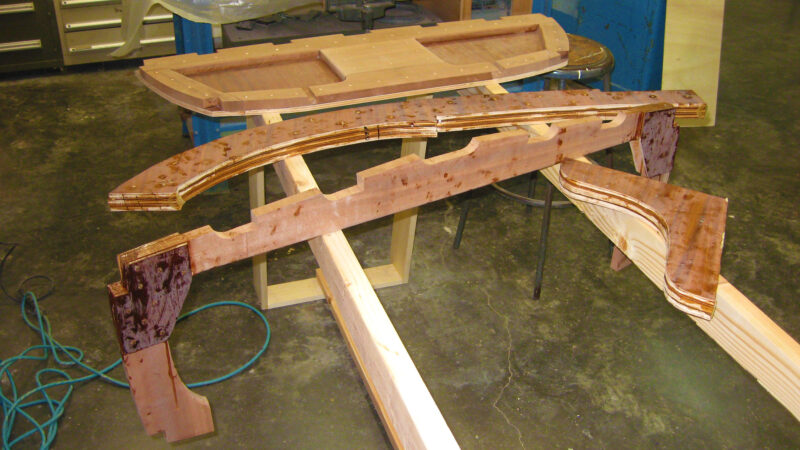 Bill Bains
Bill Bains
Join The Conversation
We welcome your comments about this article. If you’d like to include a photo or a video with your comment, please email the file or link.
Comments (8)
Leave a Reply
Stay On Course

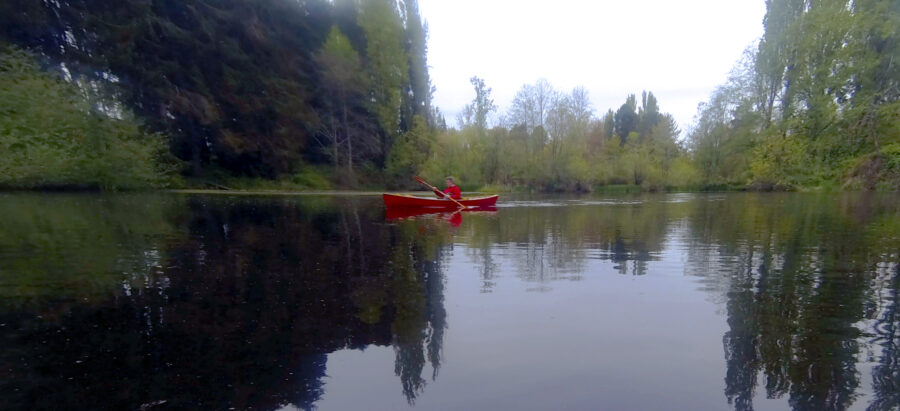

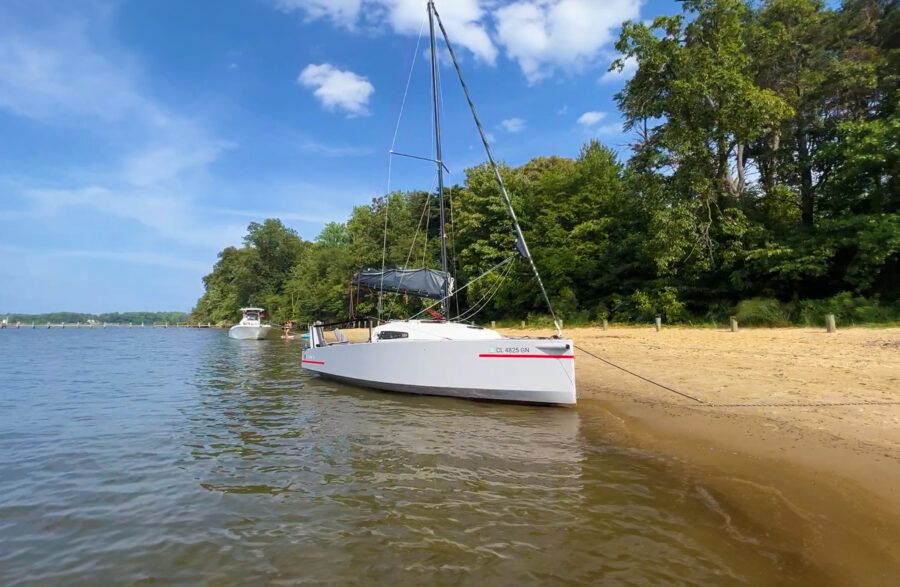
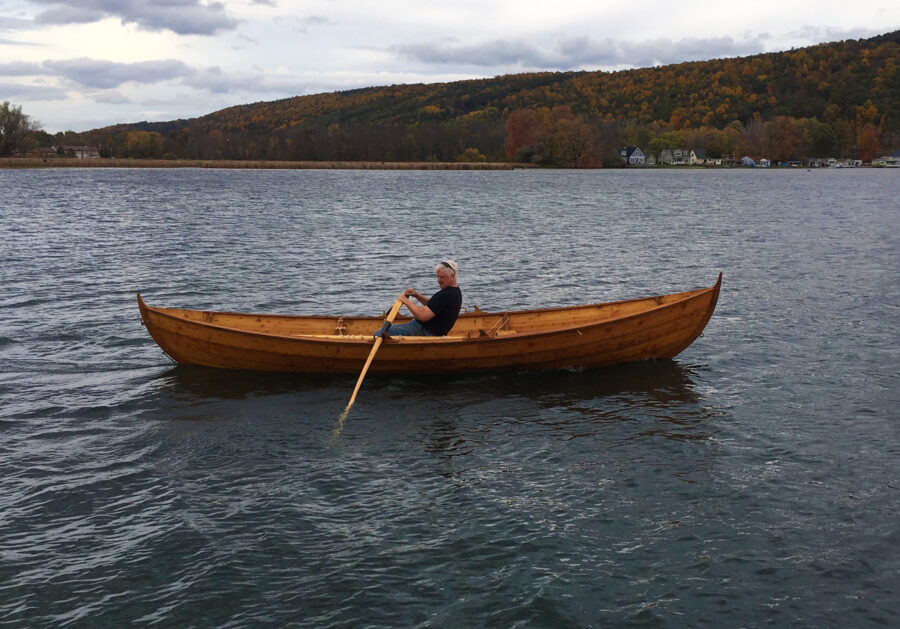
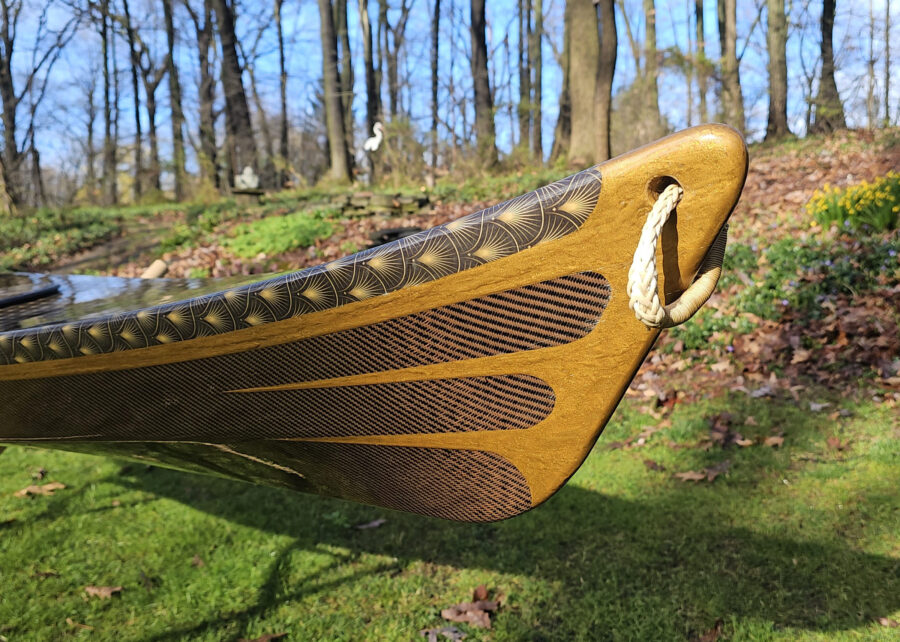
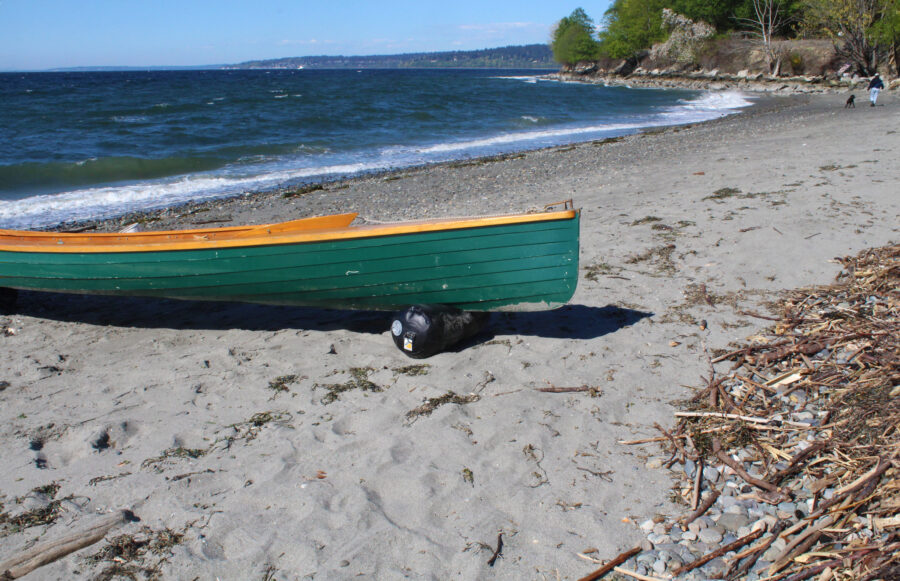
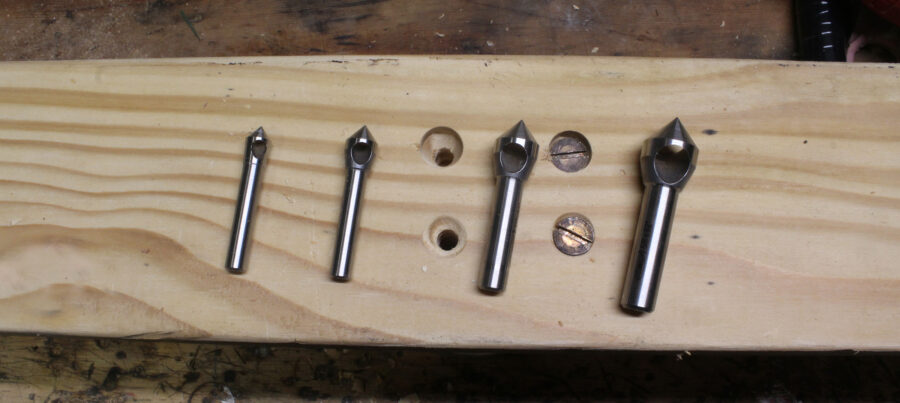
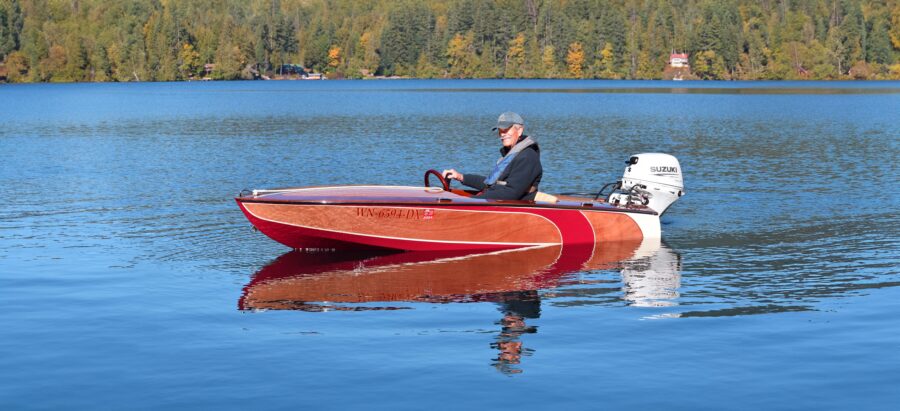
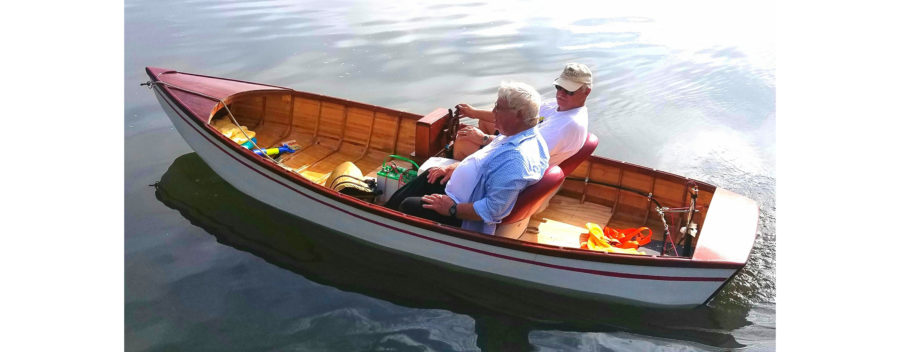
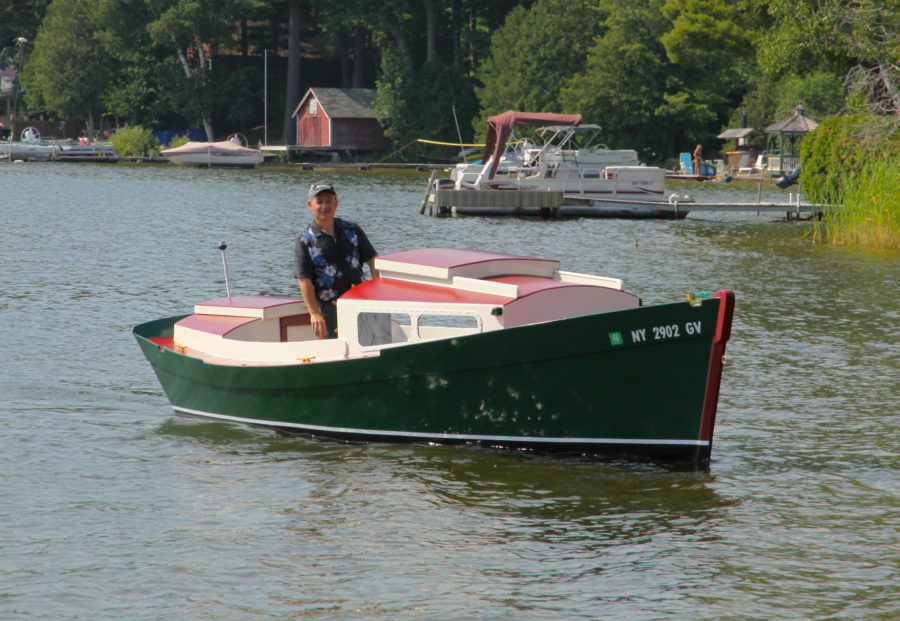
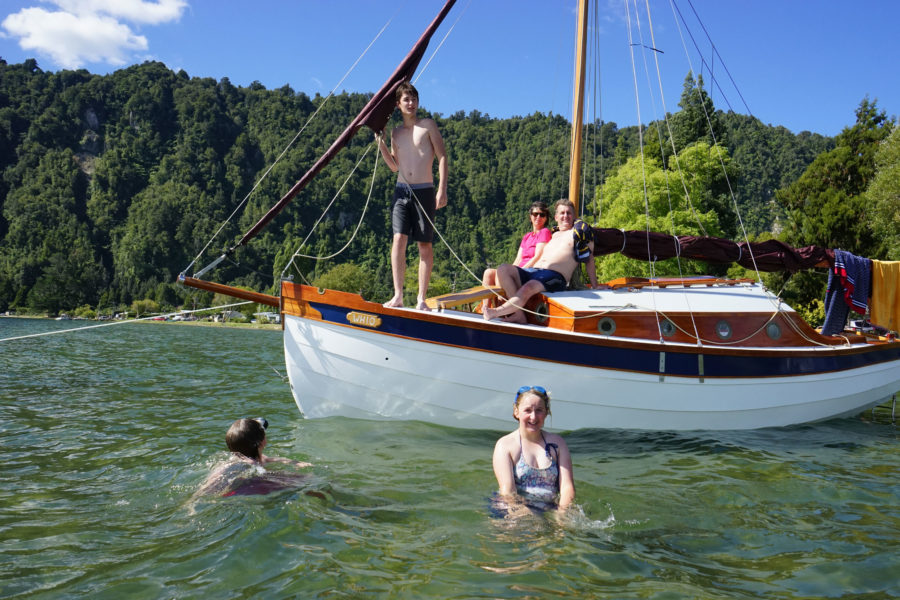
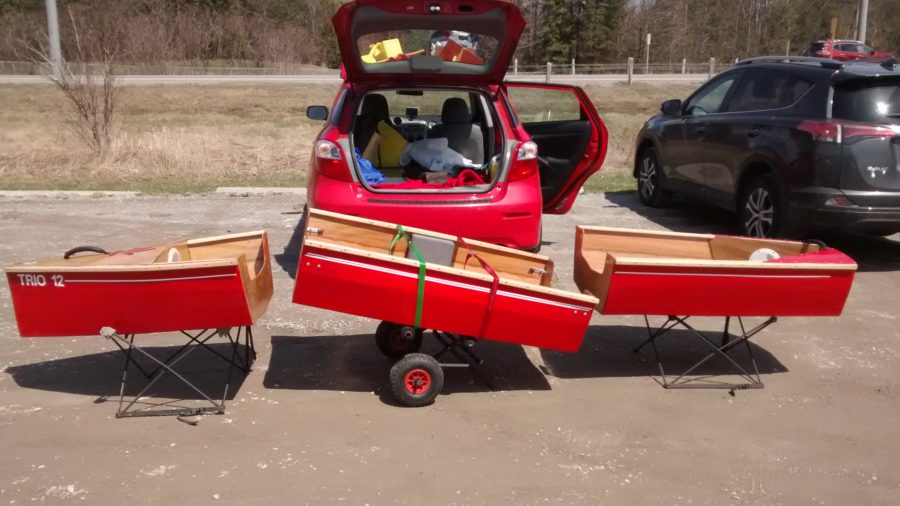
Thanks for the credit on the paint scheme.
Art Atkinson
I think yours came out better than mine. That being said, I liked the fact that the scheme covered the scarf joint.
Art, your boat was my inspiration during my entire build and I had its picture taped to my wall the whole time. Thanks for keeping me on track and excited to get it done.
I have published volume one and two of Americans In Their Own Words but find the way you balance between his words and your own a better overall approach.. Thanks so much. My own 86 years makes getting in and out of small boats a real challenge however .
Picture Thanks Nicholas, I’m glad you enjoyed it.
Need more non-sail type articles….a lot of us don’t have time for snail sail….
Im blown away by your article. Our projects sort of mirrored each other. I found a derelict boat in a tow yard 9 years ago. It was supposed to be a group project with friends, but things did not work out as planned. I brought the boat home 3 years ago to complete the project before it would go to the dumpster…My wife was not happy… I searched the internet for a 20 Hp motor and located a 1970 Mercury short shaft. It had great compression, but I could not start it being in my 60s. I injured my arm trying to start it. After a trip to a wooden boat show in Vermont…. I identified the boat…. Turns out the boat is a 1954 13′ Chris Craft kit boat….. converted to a runabout by the original owner. After much research, sold the Mercury to a collector in Massachusetts.. Purchased a 20 HP Suzuki in white. . Its been in the water 2x so far and does well for its size.
Near the end of last year’s boating season here in Michigan, I repowered my Glen-L Squirt with the Suzuki 20 HP electric start and power trim. I had reached my limits of patience and confidence with keeping the 1956 Mercury Mark 25 in good running condition. The Suzuki’s power trim allows immediate adjustments for the extra weight of the motor or passenger load. Looking forward to this year’s boating season.